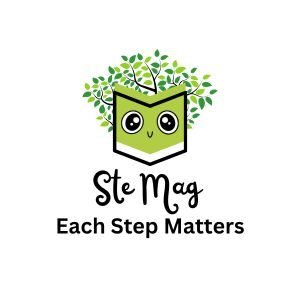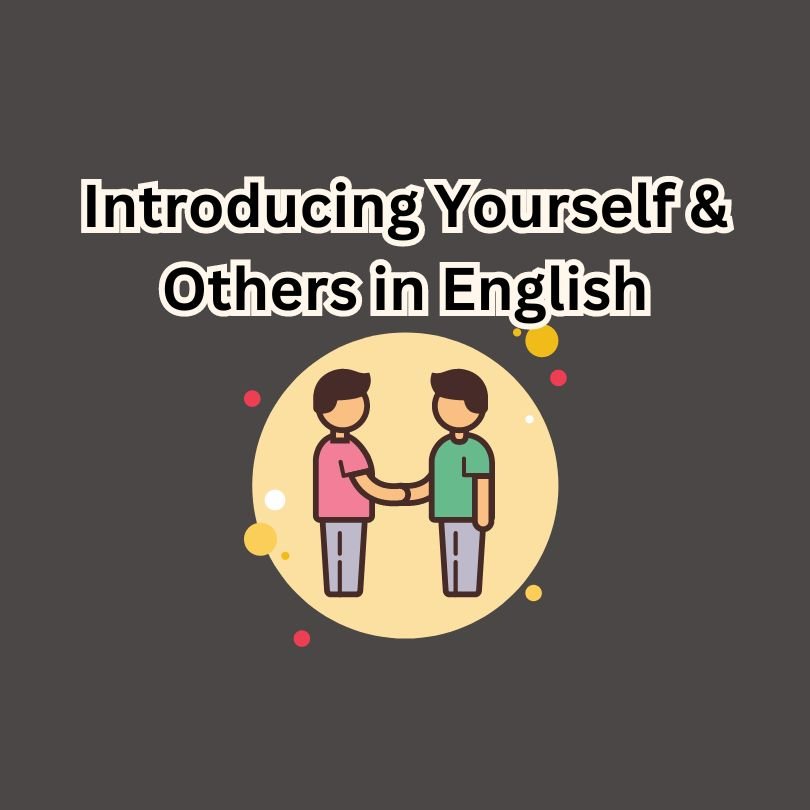Introducing Yourself and Others in English
Understanding the Basics
Introducing yourself and others is a fundamental skill in any language, including English. Whether you are meeting new people in a social setting, professional environment, or any other situation, knowing how to properly introduce yourself and others can help create a positive impression and facilitate better communication.
Introducing Yourself
When introducing yourself, it’s important to provide basic information about who you are. Here are some simple steps:
- Greeting: Start with a friendly greeting.
- Example: “Hello!” or “Hi!”
- Name: State your full name.
- Example: “My name is John Smith.”
- Additional Information: Depending on the context, you can add more details like your occupation, where you are from, or an interesting fact about yourself.
- Example: “I’m a software engineer from New York.” or “I love hiking and playing the guitar.”
Common Expressions:
- “Hello, I’m [Your Name].”
- “Hi, my name is [Your Name].”
- “Nice to meet you, I’m [Your Name].”
Responses:
- “Nice to meet you!”
- “Pleasure to meet you.”
- “Hello, [Your Name]. Nice to meet you.”
Example:
- “Hi, my name is Sarah Johnson. I’m a graphic designer from California. I enjoy painting and traveling.”
Introducing Others
Introducing others involves mentioning the names and some relevant information about the people you are introducing. Here’s how you can do it:
- Start with the Person You Know Best: Introduce the person you know best to the other person.
- Example: “Emily, I’d like you to meet my friend, David.”
- Provide Some Information: Give a bit of context about the person you are introducing.
- Example: “David is a photographer. We met at a photography workshop last year.”
- Reverse the Introduction: Then, introduce the other person.
- Example: “David, this is Emily. She’s a writer and loves outdoor adventures.”
Common Expressions:
- “I’d like you to meet [Name].”
- “This is [Name].”
- “Let me introduce you to [Name].”
Responses:
- “Nice to meet you, [Name].”
- “Hello, [Name].”
- “Pleasure to meet you, [Name].”
Example:
- “Mike, I’d like you to meet my colleague, Jane. Jane is a marketing expert and has been with the company for five years. Jane, this is Mike, our new project manager.”
Examples in Sentences
- Introducing Yourself:
- “Hello, I’m Jack Wilson. I’m from Texas and work as a mechanical engineer.”
- “Hi, my name is Lisa Brown. I’m a student majoring in biology.”
- Introducing Others:
- “Sarah, this is my brother, Tom. Tom, meet Sarah, my coworker from the marketing department.”
- “John, let me introduce you to my friend, Rachel. Rachel is an architect.”
Dialogue Example
Dialogue 1: Introducing Yourself
Emma: Hi, I’m Emma Thompson. Nice to meet you.
Alex: Nice to meet you too, Emma. I’m Alex Carter. What do you do?
Emma: I’m a teacher. I teach English at a high school.
Alex: That’s great! I’m an accountant.
Dialogue 2: Introducing Others
Sophie: John, I’d like you to meet my friend, Anna. Anna, this is John.
John: Hi, Anna. Nice to meet you.
Anna: Nice to meet you too, John.
Sophie: Anna is a graphic designer, and we met at an art class. John is a software developer at TechCorp.
John: That’s cool. I’ve always been interested in graphic design.

